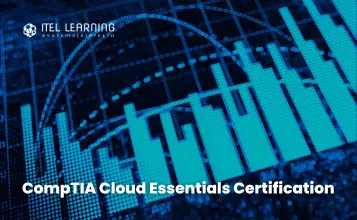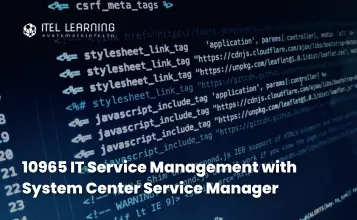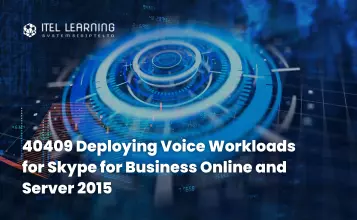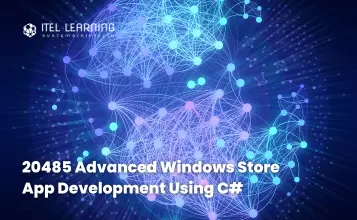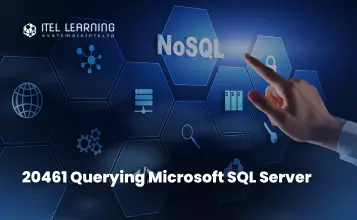Overview
In this course, participants will weigh pros and cons of cloud computing to make effective decisions and meet IT challenges.
Key concepts and terminology within cloud-based technologies:
- Processes involved in the evolving data center in the private cloud
- How to manage systems that have already adopted some type of cloud infrastructure
- Business and operational aspects of running a cloud
- A basic knowledge of Iaas, SaaS, PaaS, and DRaas
- Impacts of IT Service Management
Prerequisites
Participants who wish to take up CompTIA Cloud Essentials should have at least 6 months of experience working in an environment that markets or relies on IT-related services.
Who Should Attend?
The CompTIA Cloud Essentials Certification will significantly beneficial towards:
- IT Students who are interested in cloud computing
- IT Professionals who are interested in the business aspects of the IT infrastructure
- Executives and managers who have to make financial or IT business decisions
- IT Staff and freelancers who want to gain a better understanding of cloud computing
Course Outline
- Overview of Cloud Computing
- Evolution of the Cloud
- Specialized Cloud Services
- Business Need for Cloud Computing
- Cloud Scalability
- Cloud Security
- Impact of Cloud Computing on Business
- The Cloud Deployment Models
- Network Requirements for Cloud Deployment
- Automation and Self-Service in CloudComputing
- Federated Cloud Services Standardization
- Cloud Storage
- Application Performance
- Data Integration
- Security Risks and Mitigation
- Application Architecture and the Development Process
- Steps to Adopting Cloud Services
- Organizational Capability to Adopt Cloud Services
- Cloud Vendor Roles and Capabilities
- Migrating Applications to the Cloud
- Overview of ITIL
- Planning Service Strategy
- Designing Cloud Service
- Transitioning to Live Environment
- Running a Cloud Service Operation
- Continual Service Improvement with Cloud
- Organizational Risks
- Technical Risks
- Legal Risks
- Cost Evaluation for Cloud Computing
- Identify Maintenance Aspects of Strategic Flexibility
